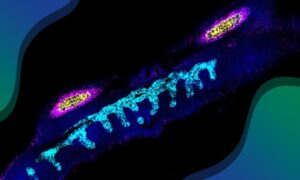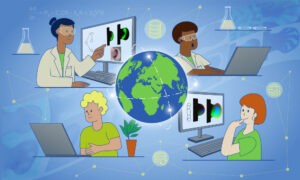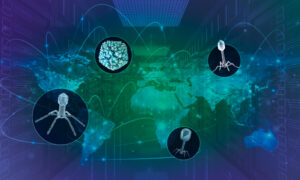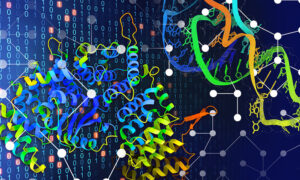
From antibodies to nanoplastics
EMBL researcher applies structural biology to better understand nanoplastic pollution and find way to solutions
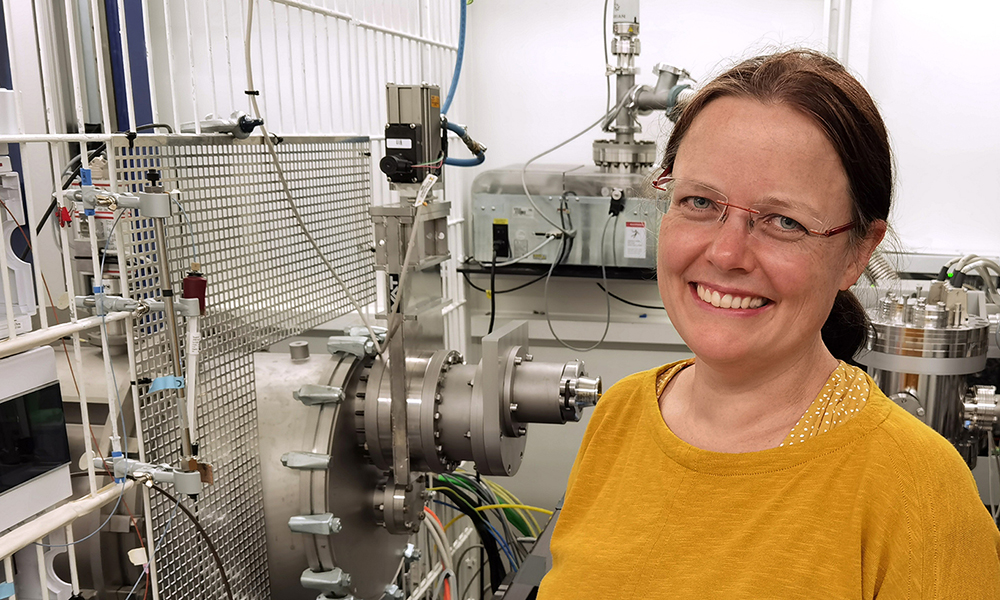
When Melissa Graewert took her family to tour the Tara research vessel during a 2019 port visit in Hamburg, she had no idea just how much it would impact her own research.
As a structural biologist, Melissa normally analyses the structures of antibodies in the Svergun group at EMBL Hamburg. She visited Tara with her four-year-old daughter, who was captivated by how the ship was collecting data for Mission Microplastics, which highlighted the widespread problem of plastics in our oceans.
After the visit, as she peppered Melissa with questions about her research, Melissa’s daughter learned – much to her dismay – that her mum’s work explored antibodies, not plastics. That’s when she got to the point: “Why not plastic?”
After that question, Melissa herself began to ask, “Why not nanoplastics?”
“The question stayed with me for a while,” she explains. “I started exploring whether the method we use to study therapeutically relevant antibodies and other biological macromolecules would also be applicable to studying plastics. I was quite shocked by the outcome of my literature research and realised how little is known about nanoplastics.”
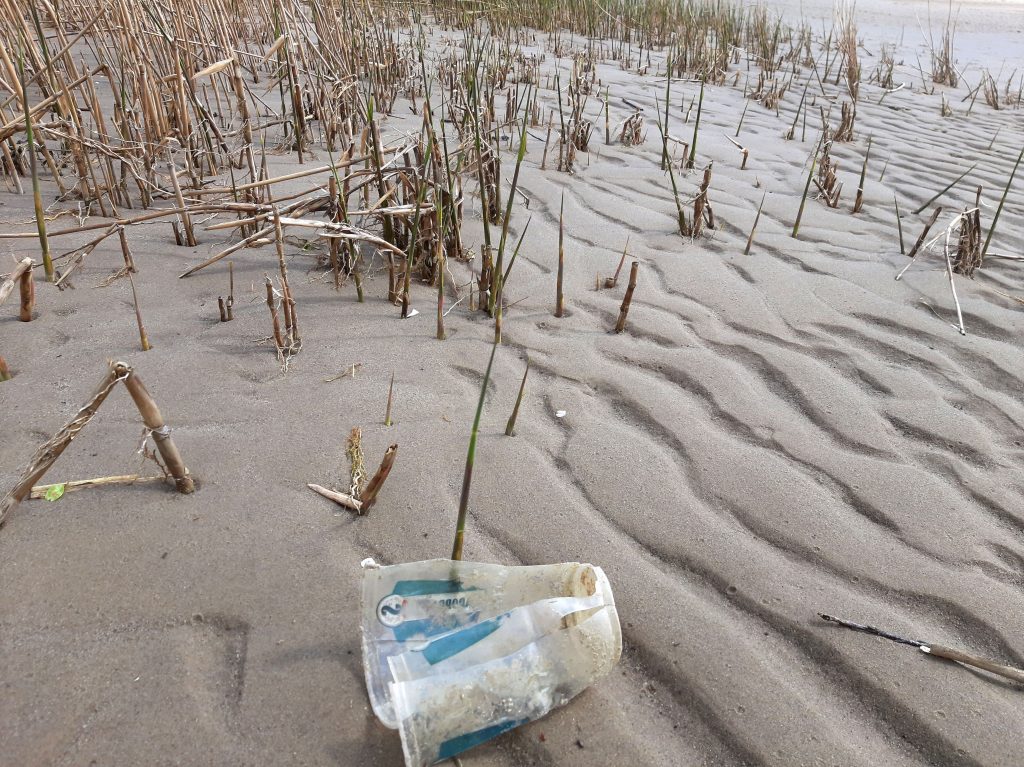
According to the International Union for Conservation of Nature, every year more than 8 million tons of plastic waste wind up in the oceans, breaking down into macro-, micro-, and even nanoplastics, but never quite decomposing. The remnants of plastics have been observed in Arctic sea ice, within both saltwater and freshwater aquatic life, and even in humans.
But while plastic contamination is pervasive, its impact is not well understood. Researchers lack effective ways to detect and better understand the structure of these degrading plastic particles, which is necessary to evaluate their impact and develop meaningful solutions.
Structural biology and a synchrotron fill a gap
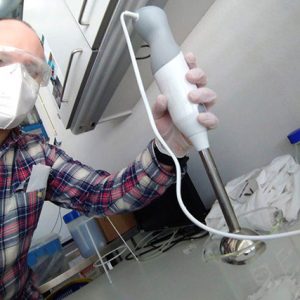
Until recently, Melissa’s work had explored the interactions between proteins, which are the molecular workhorses behind most cellular processes. It’s this kind of work that allows researchers to explore ways to manipulate protein interactions and potentially come up with new ways to develop drugs.
At EMBL Hamburg, Melissa had been studying the characteristics of antibodies – their sizes, shapes, surface properties, and stability – with a special X-ray technology known as small-angle X-ray scattering (SAXS), which enables the analysis of protein samples in solution.
Melissa started brainstorming with colleagues, considering the missing information on understanding micro- and nanoplastics and whether their research might lend itself to this new field. Thanks to the group members’ varied scientific disciplines, they quickly determined that they could combine SAXS with biophysical techniques to close this gap and shed light on the links between particle structure and biological and ecological impacts. With a grant from EMBL’s Environmental Research Initiative, they started a pilot project to explore this integrative approach. This is the same kind of approach that EMBL hopes to expand upon in its new programme, Molecules to Ecosystems, which begins in 2022 and involves studying organisms in the context of their environment.
“Because we measure samples in solution, SAXS allows for glimpses of nanoplastics in their native state, embedded in water,” Melissa explains. “Some studies suggest that nanoplastics could bind toxins or pathogens and enable them to spread throughout our bodies. To estimate the potential threat, we’re gathering information on nanoplastics’ shape and surface properties. This is important to understand how far they can penetrate into tissues and organs of various organisms, including humans.”
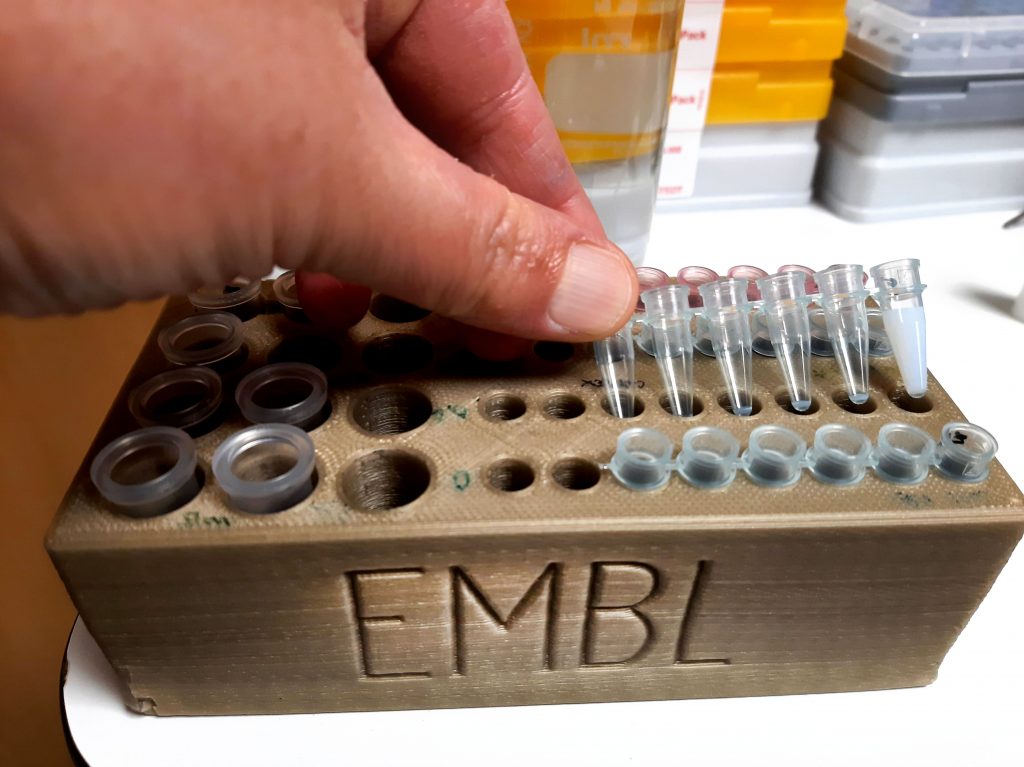
After a delayed start due to the COVID-19 pandemic, the team began creating a reference dataset.
Their work has included creating their own nanoplastics from different materials to collect baseline measurements with SAXS, which has meant finely grinding coffee lids and milk bottle caps. Their data will then be compared with results obtained using other techniques. After these baseline measurements, the scientists will move on to real-world samples from rivers, lakes, and oceans worldwide, and will subject them to similar analysis. The first water samples have already been collected.
The road to solutions
By characterising nanoplastic structures, EMBL researchers will help uncover what this plastic infiltration means for our health and our food supply. But it’s also about finding solutions. As Melissa sees it, researchers are now adapting and developing a wide range of tools and research protocols that will combine to play an even larger role in how society addresses this issue.
“There are many promising efforts being made to produce filters, to deploy ‘plastic-consuming’ microorganisms, and, of course, to find alternatives to problematic materials,” Melissa says. “Luckily, however, reducing plastic waste does not have to wait for these answers. We can all help with that, and we can do that now.”
